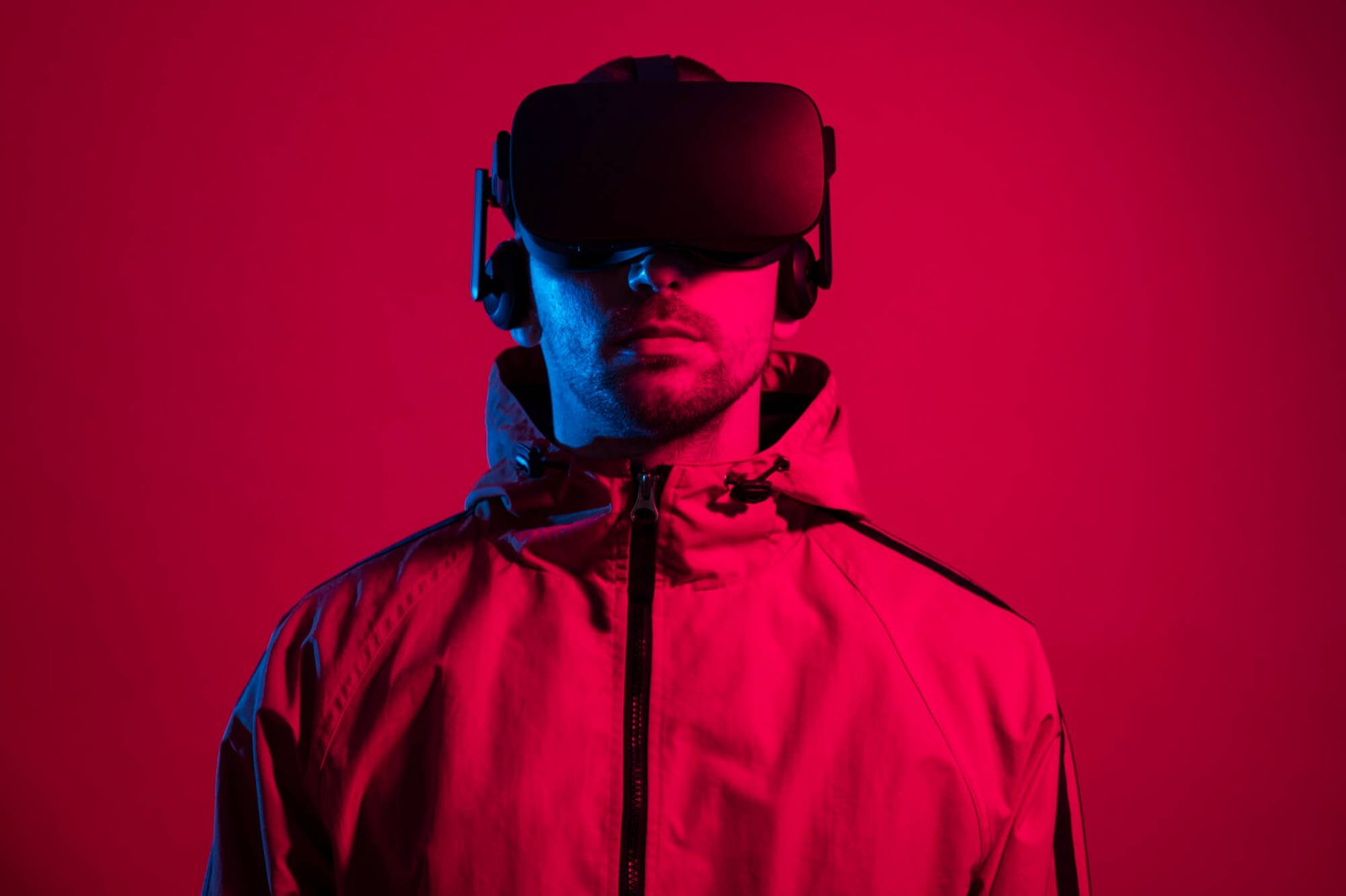Introduction
AI-powered speech recognition has revolutionized the way humans interact with machines, enabling seamless communication through voice commands. From virtual assistants like Siri, Google Assistant, and Alexa to real-time transcription services, this technology has rapidly evolved, making human-machine interaction more natural and efficient.
But how does AI understand and interpret human speech? Let’s explore the fascinating fundamentals of AI speech recognition in detail.
1. Understanding Speech Recognition
Speech recognition, also known as automatic speech recognition (ASR), is the ability of a computer to convert spoken language into text. This involves several complex processes, including signal processing, linguistic modeling, and deep learning techniques.
Basic Workflow of AI Speech Recognition:
- Speech Input – The user speaks into a microphone.
- Audio Preprocessing – The system processes the sound waves to remove noise and enhance clarity.
- Feature Extraction – The AI extracts key characteristics like pitch, tone, and frequency from the speech signal.
- Acoustic & Language Modeling – The system compares the extracted features with pre-trained AI models to predict words.
- Text Generation – The recognized words are converted into structured text.
- Post-processing & Understanding – The AI refines the output, corrects errors, and enhances accuracy using Natural Language Processing (NLP).
2. Key Technologies Behind AI Speech Recognition
A. Signal Processing
Speech is an analog wave that must be digitized for AI to process. This is done using techniques like:
✔ Fourier Transform (FFT) – Converts speech signals into frequency components.
✔ Mel-Frequency Cepstral Coefficients (MFCCs) – Extracts features from speech to recognize phonemes (smallest sound units).
B. Acoustic Modeling
Acoustic models map audio waveforms to phonemes (basic sound units of speech). Deep learning architectures such as Recurrent Neural Networks (RNNs) and Transformers help in identifying speech patterns.
C. Language Modeling
Once phonemes are identified, a language model predicts words and sentences based on grammar rules and probabilities. Popular methods include:
✔ N-grams – Predicts the probability of word sequences.
✔ Neural Network-based Language Models – Uses deep learning for more accurate word prediction.
D. Deep Learning & Neural Networks
AI-driven speech recognition heavily relies on deep learning models, including:
🔹 Recurrent Neural Networks (RNNs) – Useful for sequential data processing.
🔹 Long Short-Term Memory (LSTM) – A special kind of RNN that remembers long-range dependencies.
🔹 Transformers (e.g., BERT, Whisper, DeepSpeech) – Advanced deep learning models that improve speech accuracy.
3. Challenges in Speech Recognition
Despite its advancements, AI speech recognition faces several challenges:
🚧 Accents & Dialects – Variations in speech patterns make recognition difficult.
🚧 Background Noise – AI struggles with speech in noisy environments.
🚧 Homophones & Ambiguity – Words like “two, to, too” sound alike but have different meanings.
🚧 Low-Resource Languages – Some languages lack sufficient training data for AI models.
To overcome these, researchers use data augmentation, transfer learning, and self-supervised learning techniques to improve recognition in diverse conditions.
4. Applications of AI Speech Recognition
Speech recognition has transformed numerous industries:
🎙 Virtual Assistants – Apple’s Siri, Google Assistant, and Amazon Alexa respond to voice commands.
📝 Real-time Transcription – Services like Otter.ai and Google Live Transcribe convert speech to text.
🚀 Healthcare – Doctors use voice-to-text software for faster medical documentation.
📞 Call Centers – AI-based speech analytics improve customer service efficiency.
🎮 Gaming & Entertainment – Voice commands enhance interactive experiences in gaming and smart devices.
5. Future of AI Speech Recognition
🔮 The future of speech recognition looks promising with:
✔ Multimodal AI – Combining speech with gestures, facial expressions, and text input.
✔ Improved Multilingual Support – More accurate recognition across different languages and dialects.
✔ Emotion & Sentiment Detection – AI understanding emotions through speech tone and intonation.
✔ Offline Speech Recognition – Faster processing without internet dependency.
As AI and edge computing advance, speech recognition will become even more seamless, intelligent, and human-like.
Conclusion
AI-powered speech recognition is a game-changer, making human-computer interaction more natural and accessible. With deep learning and NLP continuously evolving, we can expect even greater accuracy and usability in the coming years.
💡 Whether it’s enabling voice search, transcribing conversations, or powering smart assistants, speech recognition is shaping the future of communication! 🚀
